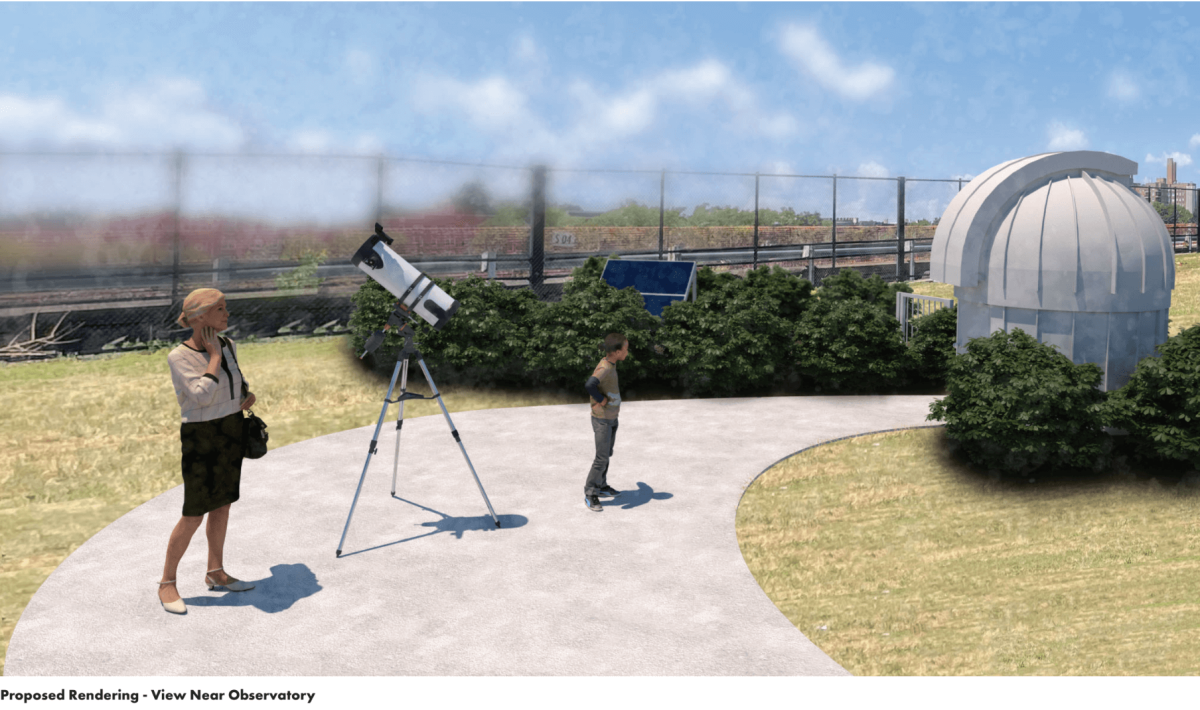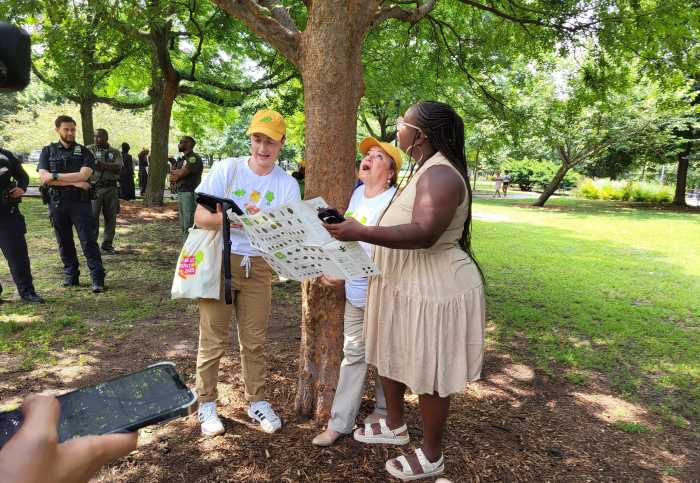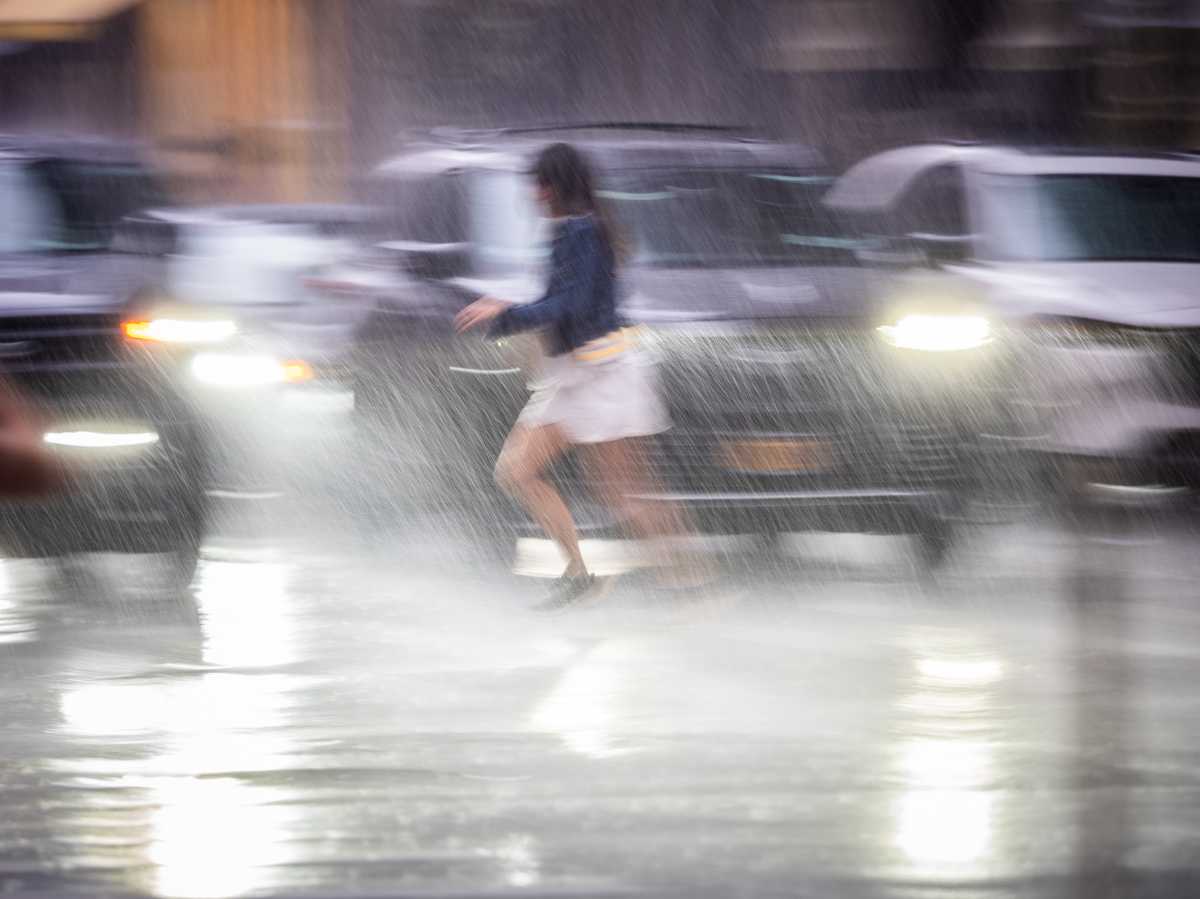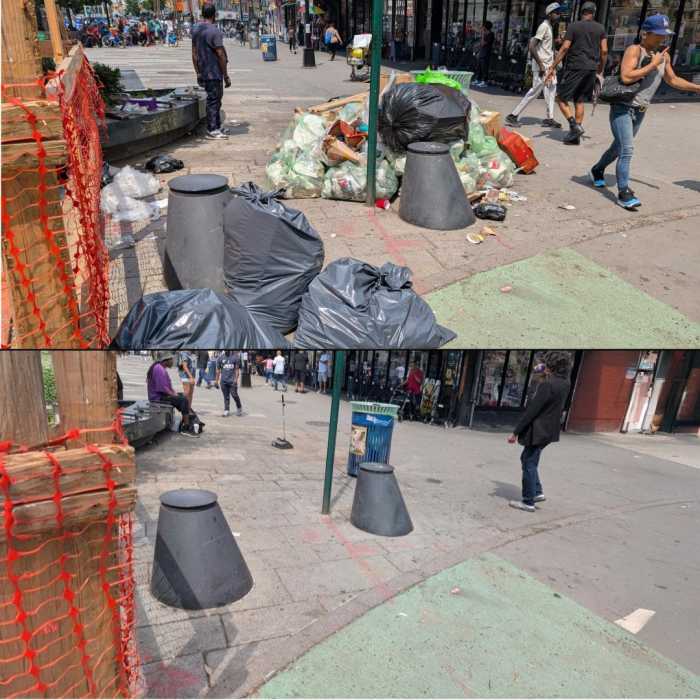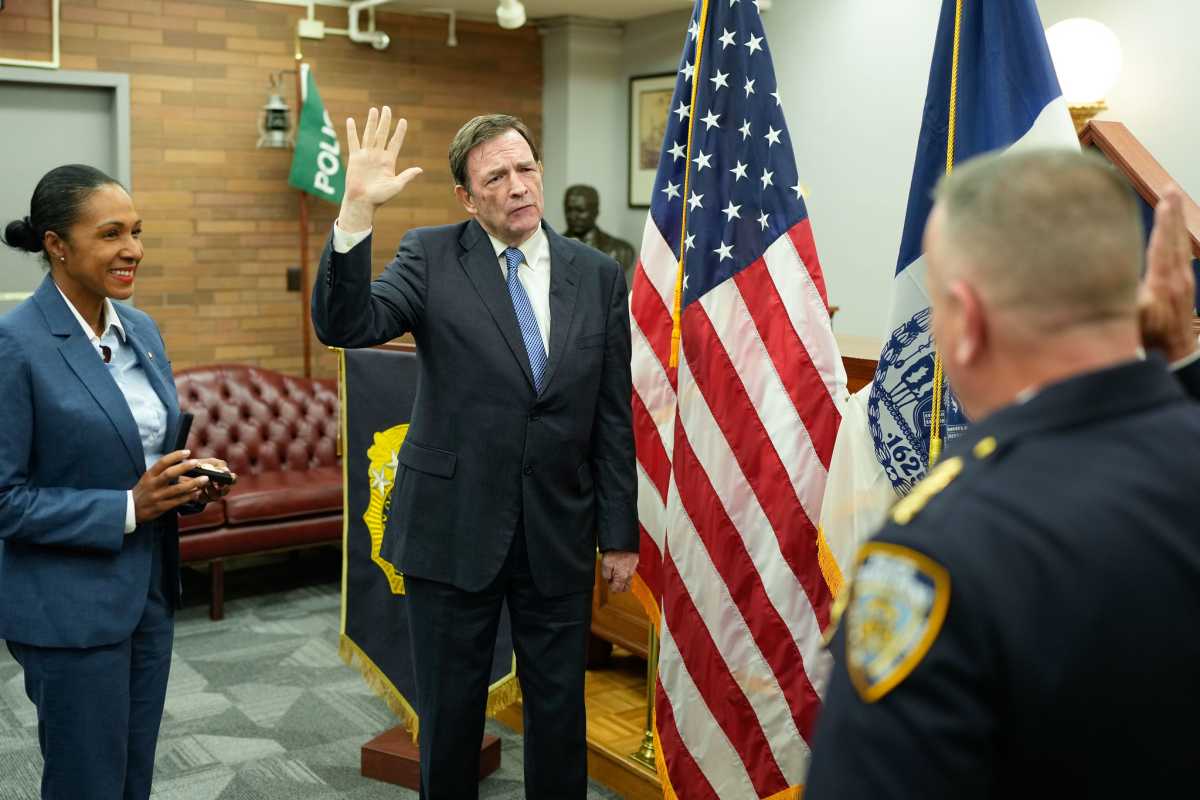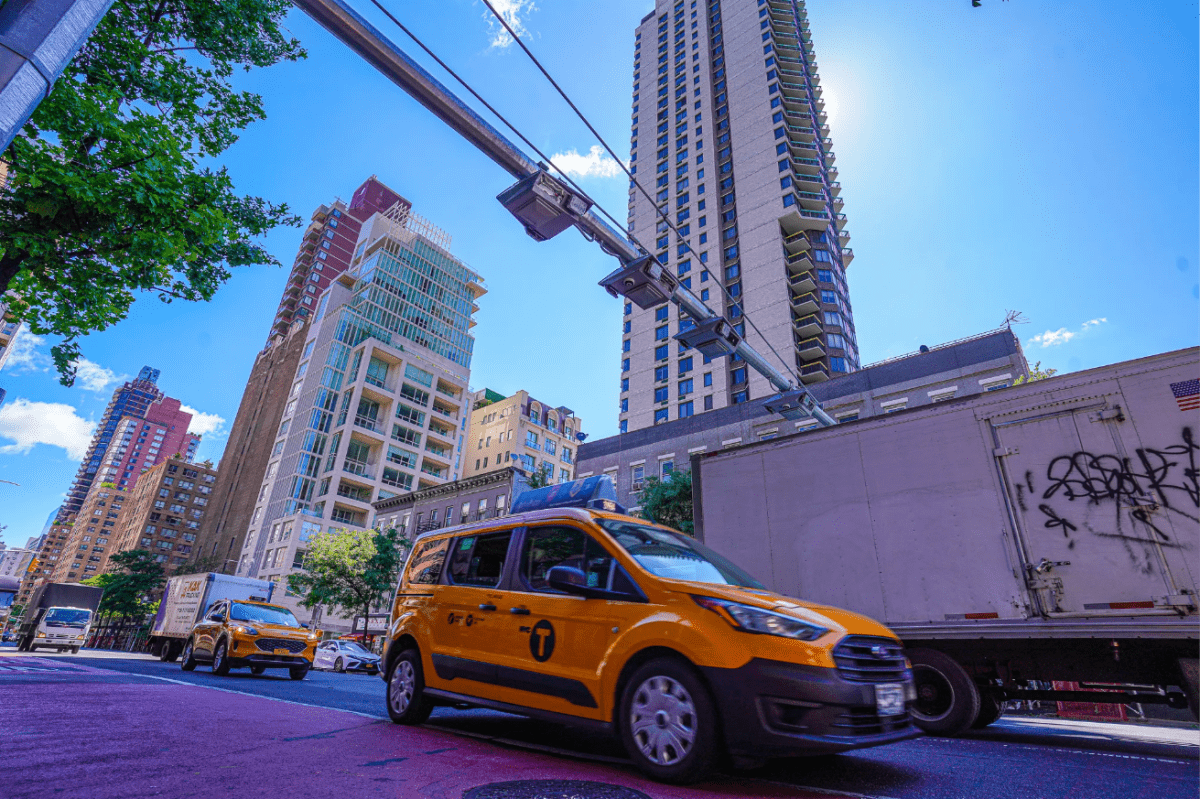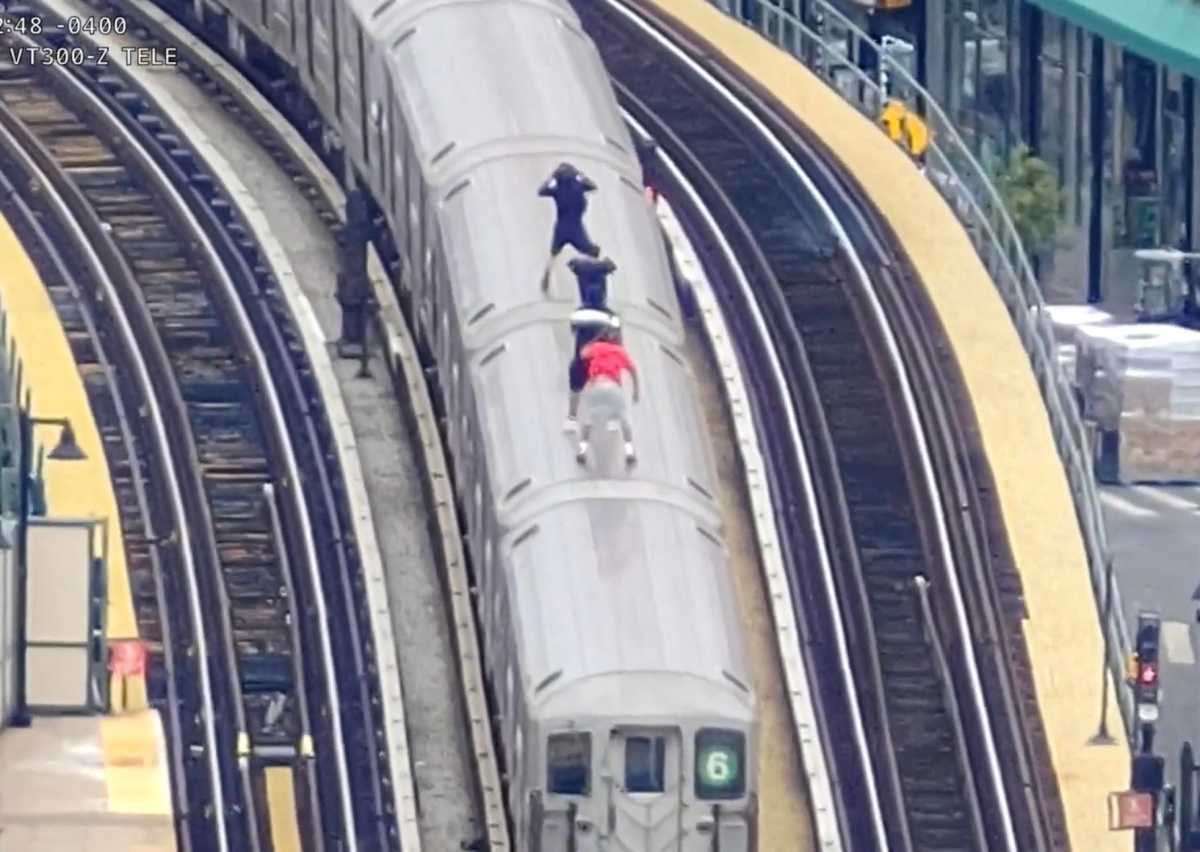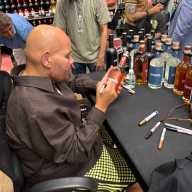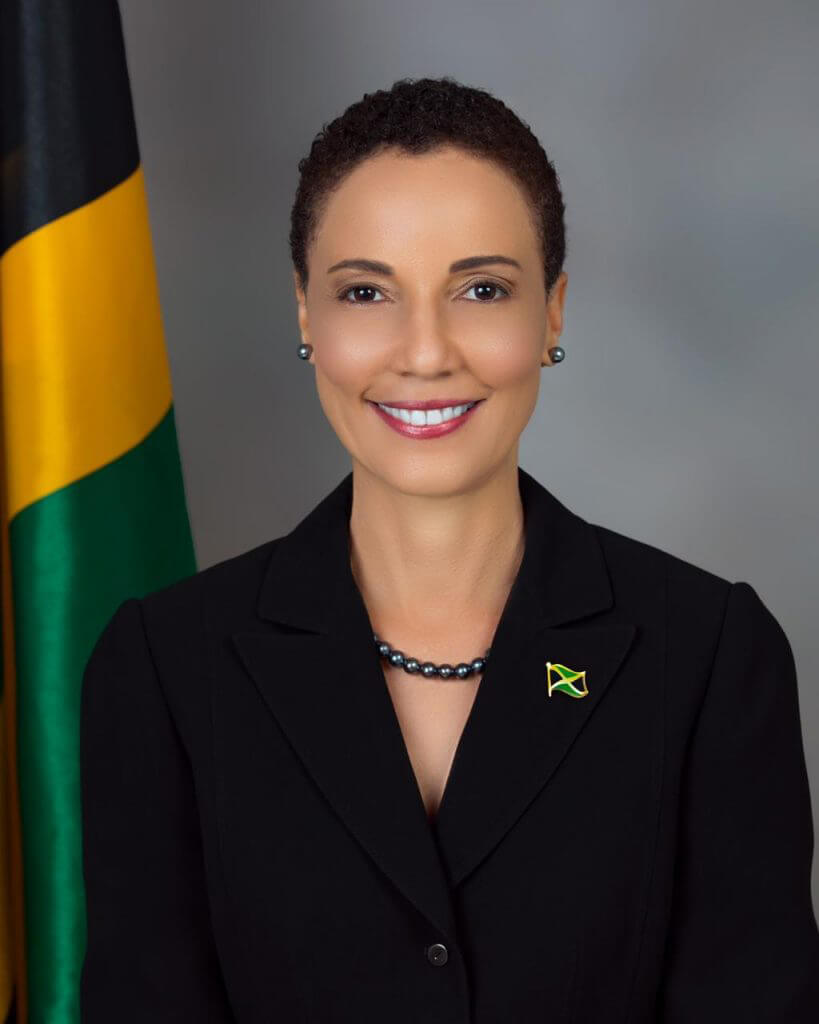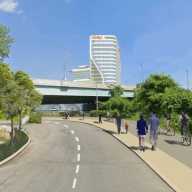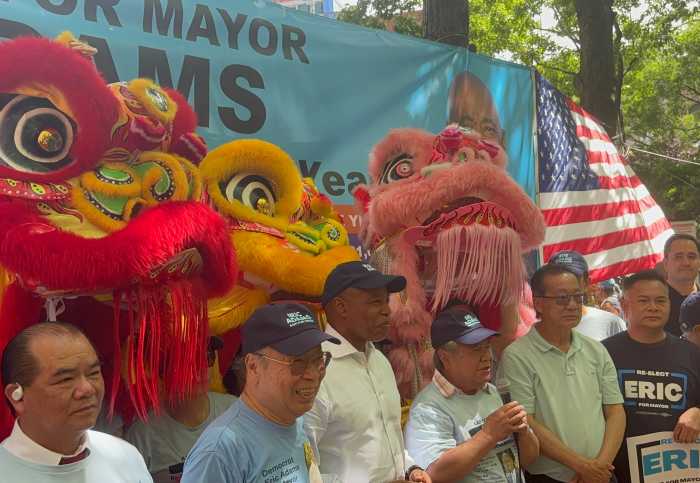The Jerome Park Reservoir is set to be a star attraction this spring when NYC’s first public observatory is installed at the North Bronx reservoir in April. The Bronx is home to one of the famous faces of astronomy, Neil DeGrasse Tyson, and the observatory could lay the groundwork for the next generation of Bronx astronomers.
Bart Fried, executive vice president of the Amateur Astronomers Association, who is funding the project said the astronomical observatory will provide increased access and curiosity to the science of astronomy at the eight nearby schools.
“We have people who have never looked through a telescope or have never really seen the moon up close. People look up in the sky and they don’t know that … bright star that they’re staring at is actually the planet Jupiter,” said Fried. “So there is a big disconnect between the urban population, especially in New York City and the night sky and the universe.”
So far, the nonprofit Amateur Astronomer Association has raised $15,000 of its $45,000 goal to fund the move and placement of the dome, which is currently at the Cradle of Aviation Museum on Long Island.
The observatory will be installed onto a newly paved walkway with a concrete ramp that will allow better wheelchair access and ADA compliance from the sidewalk to the observing site, complete with a 14-foot pavilion outside the dome for visitors with mobility needs.
The observatory, a 12-foot high, half-ton galvanized steel dome, had been used by Nassau Community College students for 40-plus years before renovations at the Garden City college led to its eviction.
NYC Parks granted approval of the plan to install the observatory to the banks of Jerome Park Reservoir in May 2022, and the project has been cleared for construction by the area community boards in recent weeks.
Prior to approval, the Amateur Astronomers Association had struggled to find a host site at other NYC municipal parks for a year.
Other alternative sites included Columbia University and various CUNY campuses, including one shuttered on top of Ingersoll Hall at Brooklyn College.
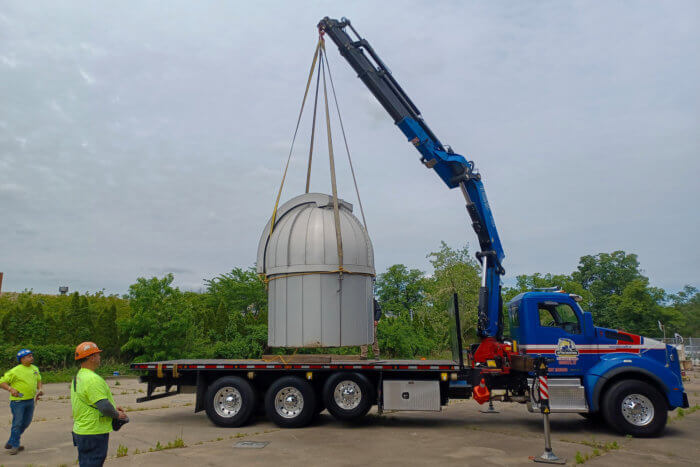
Astronomy has previously been foreign in urban landscapes like the Bronx, as light pollution — the effect of artificial lighting from cities and manmade sources — often make it a challenging endeavor. But light pollution has also affected how many stars we’re able to witness.
This pace of sky-brightening light pollution had led to a 9.6% global annual rise in the brightness, which has turned 250 star-night skies into as low as 100 in recent years, according to a recent study by Helmholtz Center for Environmental Research.
Fried told the Bronx Times that astronomical advances such as high-tech cameras that can digitally cancel out background glow and increase contrasts in telescope imaging, can help limit the effect of light pollution for stargazers.
“I can tell you that software and the development for astronomy is light years ahead,” said Fried. “You can take your telescope and take a picture and it’s the thirty-second picture and it’s not good. But if you (take the same photo) find hundred times, then the software will stack up all five hundred of those images and take the best parts of each photo and re-image it.”
Reach Robbie Sequeira at rsequeira@schnepsmedia.com or (718) 260-4599. For more coverage, follow us on Twitter, Facebook and Instagram @bronxtimes.

